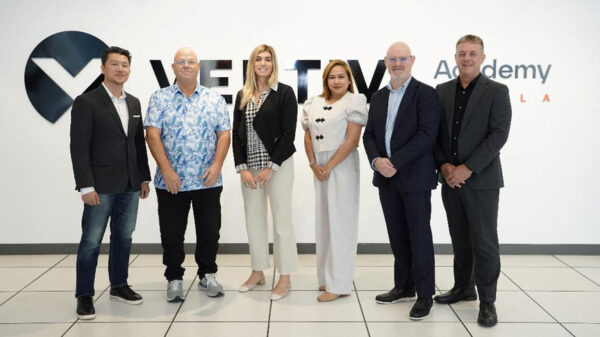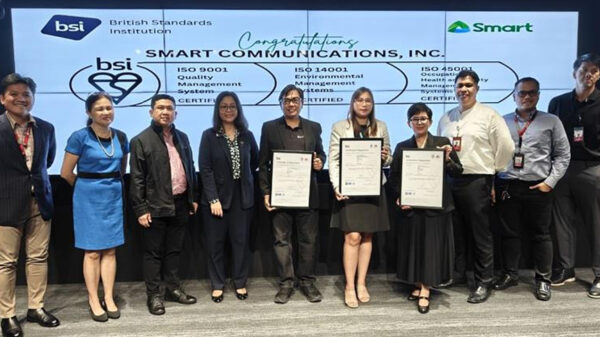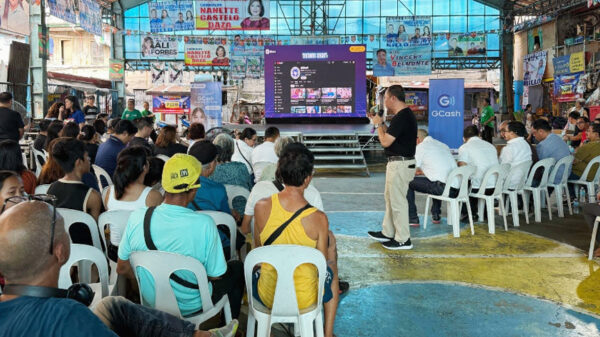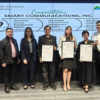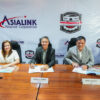At the first Green 5G Industry Roundtable held by Huawei during the Mobile World Congress (MWC) 2022, Devin Duan, Vice President of Huawei’s SingleRAN Product Line, delivered a keynote speech titled 5Green — Building Networks with Optimal Performance and Energy Saving. In his speech, he proposed the industry to collectively standardize the assessment of network energy efficiency, pointing out that this will accelerate the application of green innovations in helping operators build networks with optimal performance and energy saving. He also called on the industry to promote 5G in industries to facilitate digital, low-carbon growth in both industries and the society at large.
The world is at a critical juncture in addressing various pressing challenges, such as climate change. To cope with the growing demand for data traffic, operators are always exploring effective ways to build green, low-carbon networks.
In this context, Huawei initiated the Green 5G Industry Roundtable to better support operators in reducing network energy consumption. A joint industry research on the establishment of standards for assessing network energy efficiency will help achieve this goal by optimizing both network performance and energy efficiency, which is crucial to accelerate the application of 5G-powered digital solutions across industries. Ultimately, this will enable the digitalization to facilitate the world’s low-carbon growth.
Joint Formation of Comprehensive Energy Efficiency Standards to Achieve Optimal Performance and Energy Saving
As the world sees tremendous efforts to promote climate actions, the ICT industry has proposed to shift its focus from energy consumption to energy efficiency, opening new paths to green mobile network development. As such, Huawei is defining comprehensive standards for assessing energy efficiency with operators, industry organizations, and standards organizations. The aim of this standardization is to precisely assess network energy efficiency by focusing on not only traffic, but also other performance-critical factors, like coverage and experience. This 5Green initiative calls for joint research in the industry to set up a multi-dimensional system for assessing network energy efficiency and utilize it to help operators maximize both performance and energy efficiency when implementing energy efficient solutions. This way, operators will not only be able to reduce energy consumption, but also build networks into energy-saving benchmarks.
Continuous Innovation to Accelerate the Application of Green Solutions
Projections indicate that, by 2030, mobile data traffic will have increased by 100 times, and the energy efficiency of mobile networks needs to increase 100-fold. With this in mind, Huawei continues to innovate E2E energy-saving solutions that touch upon three levels: equipment, sites, and networks. By making full use of the unique RF and antenna design, site simplification, and network intelligence, these solutions will help operators build mobile networks with both optimal performance and energy saving.
A number of innovations have been introduced to make equipment greener. MetaAAU uses an extremely large antenna array (ELAA) design to double the number of elements to 384, enabling beams to be concentrated to notably increase antenna gains. This means that MetaAAU consumes 30% less energy to provide the same level of cell-edge coverage compared with conventional AAUs. By fully utilizing ultra-bandwidth power amplifiers, hardware, and software algorithms, ultra-wideband RRUs integrate multiple single-band modules into a single highly integrated box. This enables operators to deploy more bands without increasing power consumption. Signal direct injection feeding (SDIF) removes antenna internal cabling to reduce losses, helping reduce the output power of RF modules by 10-15%.
At the site level, by adopting the C-RAN architecture, baseband units are centralized, and operators can build sites with fewer equipment rooms or air conditioners. This helps significantly reduce site power consumption.
With intelligent solutions, AI energy-saving platforms and expert experience can be fully utilized to support all-day E2E energy saving across all network domains, meaning that energy-saving features and parameters can be optimized for refined KPI assurance. In typical network configurations, this enables operators to reduce power consumption by more than 25%.
The 5Green initiative promotes industry collaboration in accelerating the adoption of green solutions in mobile networks to help operators continuously improve energy efficiency.
Promoting 5G in Industries for Digitalized, Low-Carbon Growth
A report by the Global System for Mobile Communications Association (GSMA) found that the enablement ratio of ICT is 1:10 compared to the industry footprint. This means that for every 1 kWh of power consumed by mobile networks, there is a 10 kWh reduction in electricity used across other industries. The 5Green initiative calls for accelerated expansion of 5G into industries that consume an enormous amount of energy. This will enable ICT to facilitate quality improvement, reduction of energy consumption, and environment protection in various industries.
“Huawei will continue to explore and innovate in energy conservation and carbon reduction, so as to build a solid foundation for green development both in and beyond the telecom industry,” concluded Devin Duan. “We call on the industry to jointly develop networks that excel in both performance and energy saving. This will accelerate the application of 5G in industries, which will move us closer to a low-carbon society.”

